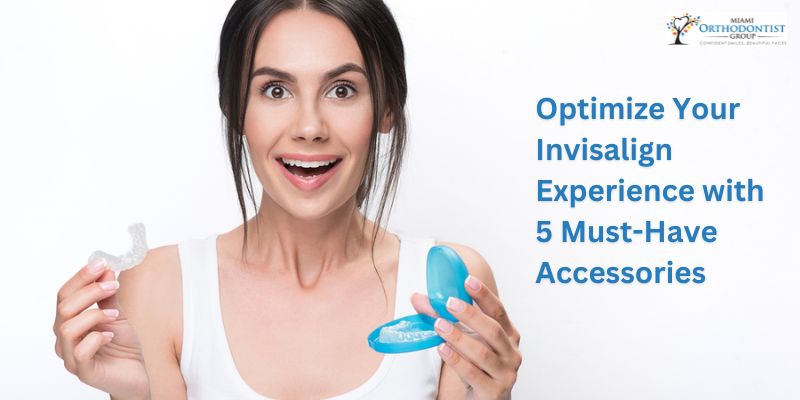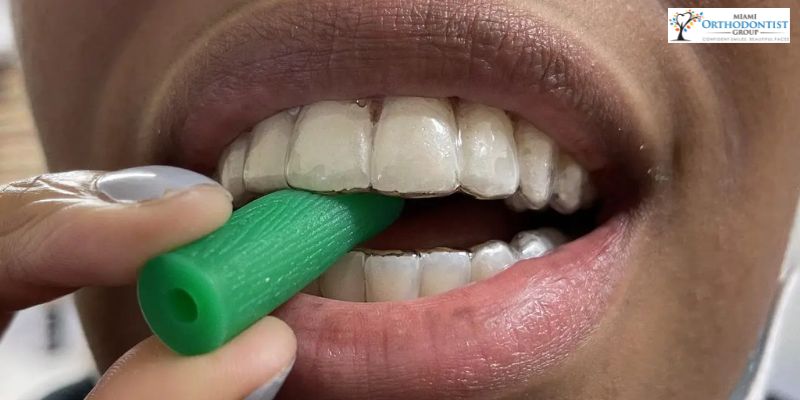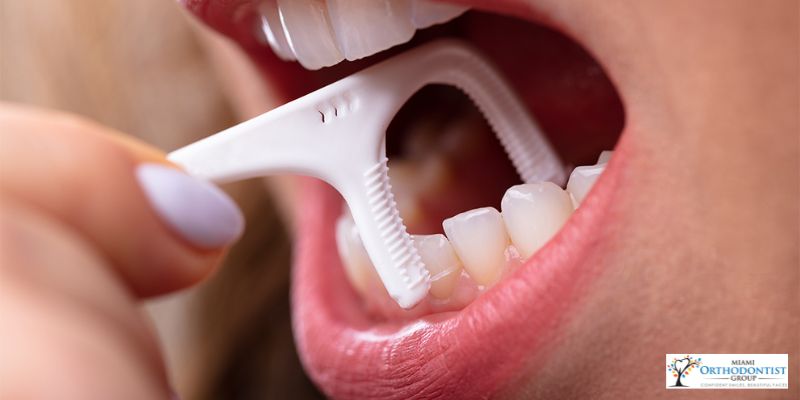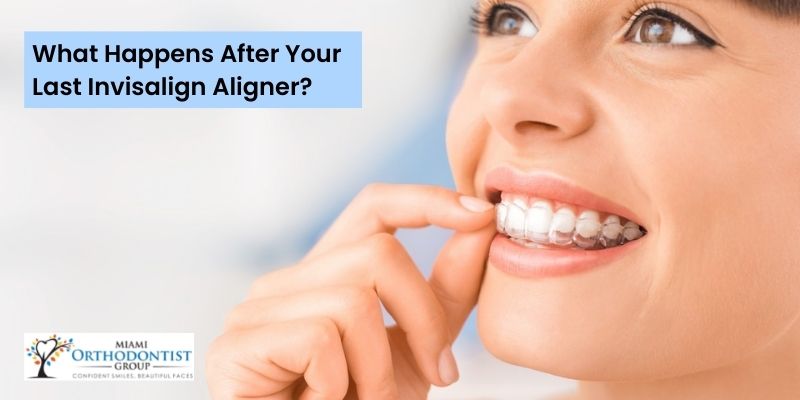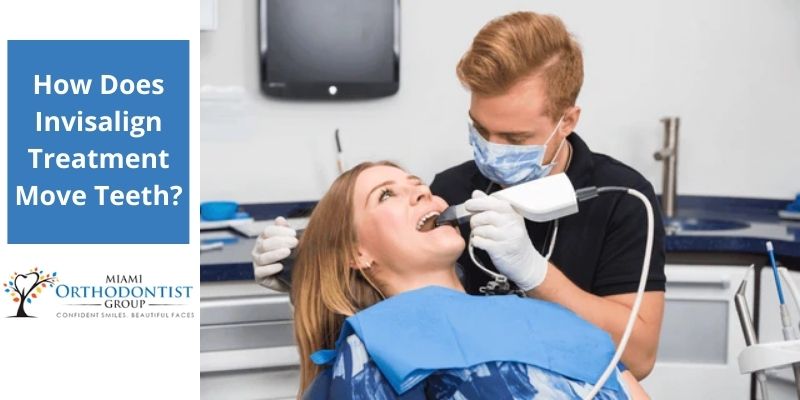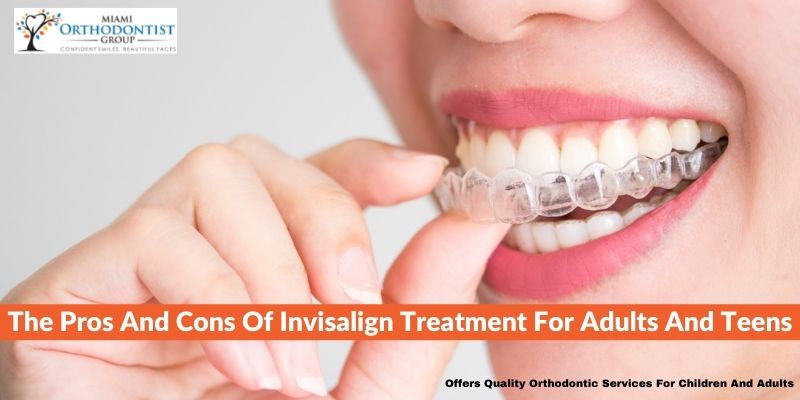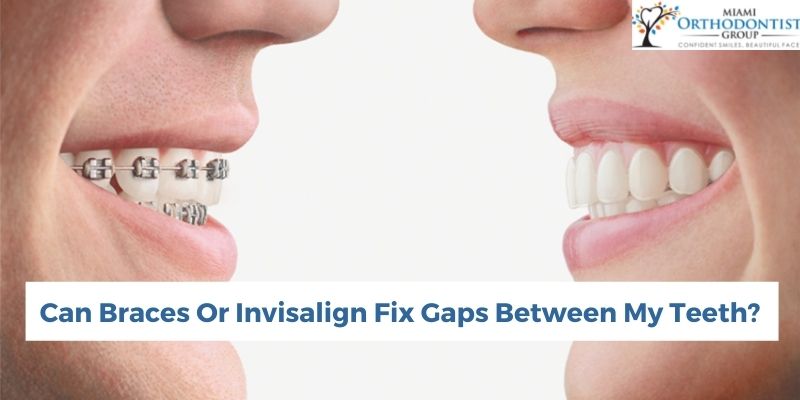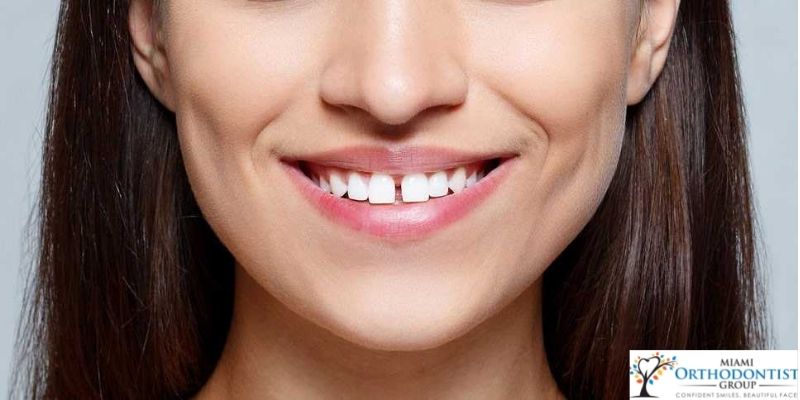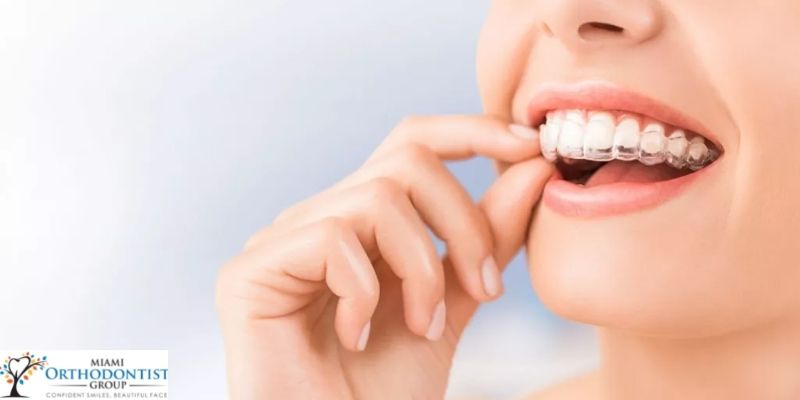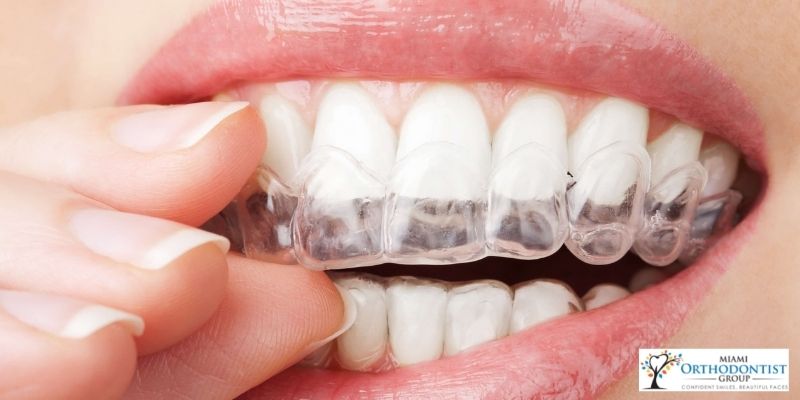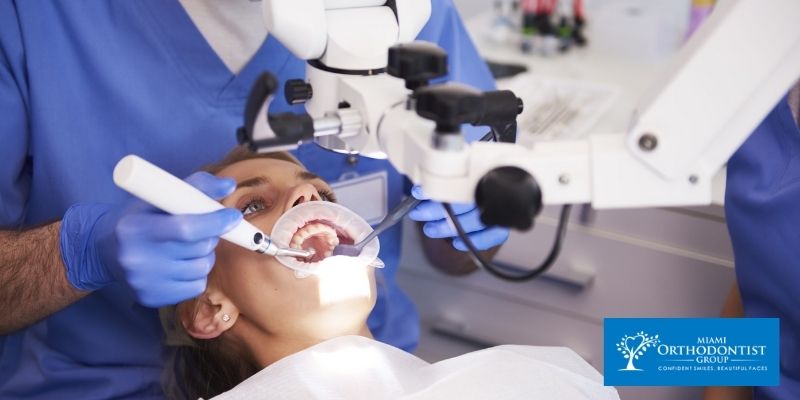In the quest for a straight and healthy smile, many individuals are turning to Invisalign as a modern and effective alternative to traditional braces. This revolutionary orthodontic treatment offers a range of benefits beyond cosmetic improvements, contributing to oral health and overall confidence.
The Benefits of Invisalign Treatment
1. Invisible and Comfortable Alignment
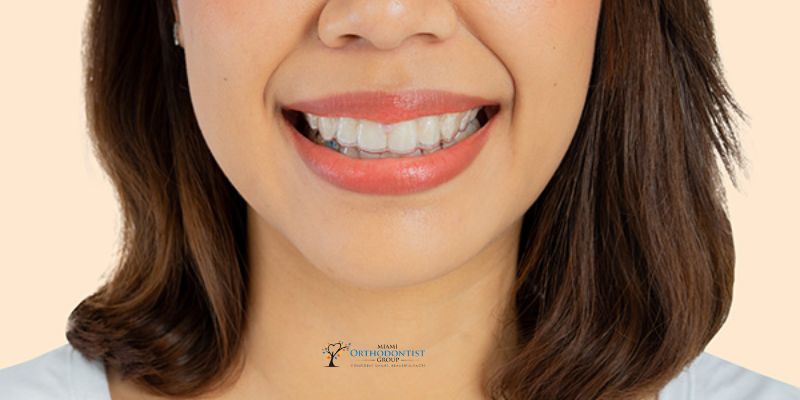 One of the most significant advantages of Invisalign is its discreet and virtually invisible nature. Unlike traditional braces, Invisalign aligners are made from transparent and smooth plastic, making them nearly imperceptible when worn. This feature is especially appealing to individuals who may feel self-conscious about the appearance of metal brackets and wires. The clear aligners allow wearers to undergo orthodontic treatment without drawing attention to their dental correction, fostering a sense of confidence throughout the process.
One of the most significant advantages of Invisalign is its discreet and virtually invisible nature. Unlike traditional braces, Invisalign aligners are made from transparent and smooth plastic, making them nearly imperceptible when worn. This feature is especially appealing to individuals who may feel self-conscious about the appearance of metal brackets and wires. The clear aligners allow wearers to undergo orthodontic treatment without drawing attention to their dental correction, fostering a sense of confidence throughout the process.
Moreover, Invisalign aligners are custom-made to fit the patient’s teeth snugly. The absence of wires and brackets eliminates the discomfort and irritation commonly associated with traditional braces. The smooth plastic of the aligners gently shifts the teeth into the desired position without causing abrasions to the cheeks and gums. This enhanced comfort encourages patients to wear the aligners consistently, promoting better treatment outcomes.
2. Removable for Improved Oral Hygiene
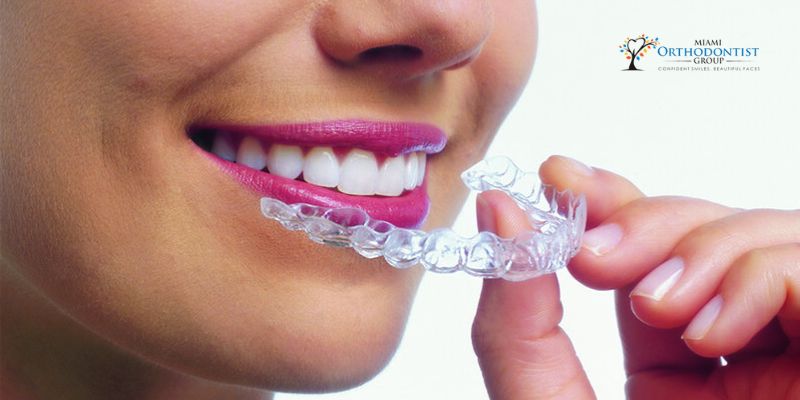 Unlike traditional braces, Invisalign aligners are removable, allowing individuals to maintain optimal oral hygiene throughout treatment. The ability to take out the aligners makes brushing and flossing more accessible, reducing the risk of plaque buildup and tooth decay. With traditional braces, cleaning around the brackets and wires can be challenging, often leading to oral hygiene issues.
Unlike traditional braces, Invisalign aligners are removable, allowing individuals to maintain optimal oral hygiene throughout treatment. The ability to take out the aligners makes brushing and flossing more accessible, reducing the risk of plaque buildup and tooth decay. With traditional braces, cleaning around the brackets and wires can be challenging, often leading to oral hygiene issues.
The removable nature of Invisalign aligners also means no dietary restrictions. Patients can enjoy their favorite foods without worrying about damaging brackets or getting food stuck in wires. This flexibility promotes a more enjoyable and less restrictive orthodontic experience. Additionally, removing the aligners for special occasions or photographs provides a level of convenience unmatched by traditional braces, making Invisalign a popular choice for those seeking a hassle-free path to a straighter smile.
3. Shorter Treatment Duration and Predictable Outcomes
In addition to its aesthetic and comfort benefits, Invisalign often boasts a shorter overall treatment duration than traditional braces. The treatment timeline varies depending on the case’s complexity, but many patients experience faster results with Invisalign. The aligners are designed using advanced computer technology, allowing for precise and predictable tooth movements. This level of precision contributes to a more efficient treatment process and enables patients to visualize the expected outcomes before they begin their journey.
The use of 3D imaging and virtual treatment planning in Invisalign allows orthodontists to map out the step-by-step movement of the teeth. Patients can view a virtual representation of their treatment plan, showcasing the initial alignment with the projected final result. This transparency provides a clear understanding of the process, instilling confidence in patients about the expected outcome. The ability to see the progression of their smile transformation can motivate patients to adhere diligently to their treatment plan.
4. Reduced Disruptions to Daily Life
Beyond the aesthetic and functional advantages, Invisalign aligners minimize disruptions to daily life. Routine activities such as sports, playing musical instruments, or engaging in public speaking can be challenging with traditional braces. Invisalign eliminates these concerns, as the aligners can be temporarily removed to accommodate various activities. This aspect mainly benefits individuals with active lifestyles or professions where appearance and comfort are crucial.
The absence of metal components in Invisalign aligners also means fewer visits to the orthodontist for adjustments. While traditional braces require periodic tightening or adjustments, Invisalign aligners are switched out for a new set approximately every two weeks, progressing the treatment without requiring frequent office visits. Those with busy schedules especially appreciate this convenience, as it reduces the impact of orthodontic treatment on their daily routine.
5. Improved Periodontal Health
Beyond the aesthetic benefits, Invisalign contributes to improved periodontal health. Misaligned teeth can lead to gum disease and bone loss, as crowded or spaced teeth create pockets where bacteria can accumulate. Invisalign aligners gradually shift the teeth into their proper positions, reducing the likelihood of these oral health problems. By achieving a well-aligned smile, individuals are better equipped to maintain optimal gum health, minimizing the risk of inflammation and infection.
Additionally, Invisalign can assist in addressing issues such as overbites, underbites, and crossbites, which may contribute to uneven wear on teeth. Proper alignment helps distribute the forces of biting and chewing more evenly across the teeth, reducing the strain on specific areas and preventing premature wear. This comprehensive approach to oral health makes Invisalign not only a cosmetic solution but also a tool for promoting long-term dental well-being.
6. Enhanced Self-Esteem and Confidence
One of the most significant benefits of Invisalign treatment is its positive impact on an individual’s self-esteem and confidence. A straight and healthy smile is often associated with attractiveness and success, and correcting dental imperfections can improve self-image. The discreet nature of Invisalign allows individuals to undergo orthodontic treatment without the self-consciousness that can accompany traditional braces. This can be especially important for teenagers and adults concerned about the social aspects of wearing braces.
As the smile transforms throughout the Invisalign journey, many patients experience a boost in self-confidence. Feeling good about one’s appearance can ripple effect, positively influencing various aspects of life, including social interactions, professional opportunities, and overall well-being. In this way, Invisalign not only aligns teeth but also aligns with the desire for increased self-assurance and a positive self-image.
Conclusion
In conclusion, Invisalign treatment goes beyond straightening teeth; it is pivotal in promoting oral health, preventing potential issues, and boosting self-esteem. As advancements in orthodontic technology continue, Invisalign remains a versatile and effective solution for individuals seeking a healthier, more confident smile. Choosing Invisalign is an investment in a straighter smile and the overall well-being and confidence of the individual undergoing this transformative orthodontic experience.




 Using advanced computer software, your Invisalign provider will develop a personalized treatment plan that maps out the precise movements your teeth need to make to achieve the desired alignment. Once the treatment is complete, you will also get a sneak peek at what your smile will look like.
Using advanced computer software, your Invisalign provider will develop a personalized treatment plan that maps out the precise movements your teeth need to make to achieve the desired alignment. Once the treatment is complete, you will also get a sneak peek at what your smile will look like. Understanding what to expect during Invisalign treatment can help you prepare for the journey.
Understanding what to expect during Invisalign treatment can help you prepare for the journey.


